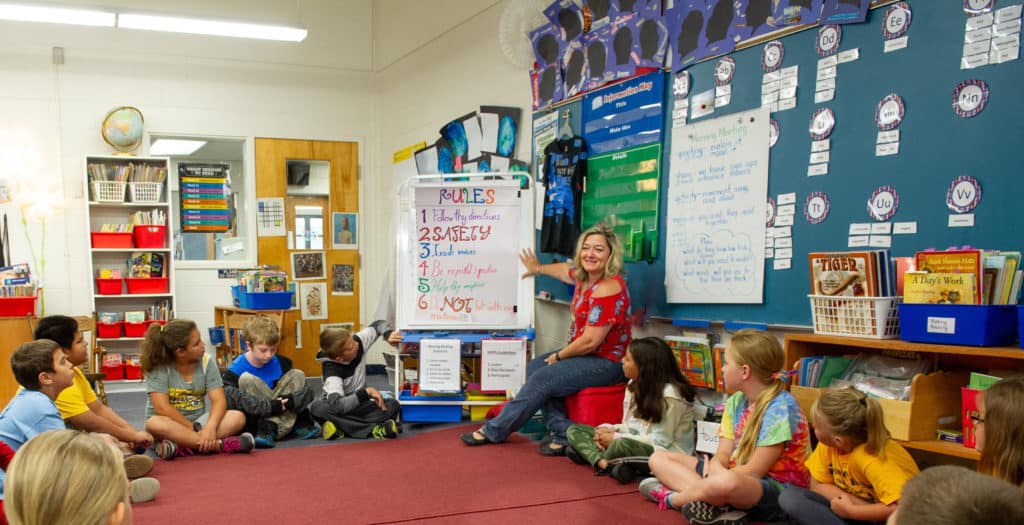
The school year is in full swing: hopes and goals have been established, classroom and school expectations are in place, and learning is in high gear. Everything is off to a great start. So why are you noticing some students beginning to test limits and misbehave? And what can you do to help them get back on track? The following are some tips!
Students break rules for various reasons. Regardless of the situation, the way you respond to misbehavior must convey that you have faith in the student while also maintaining a safe and calm learning environment. The best responses to misbehavior involve teaching students how to be self-disciplined so they can find success in the classroom.
As students settle into a classroom community, developmental differences need to be considered regarding misbehavior. Perhaps the behaviors are a normal change in development and show a child’s growth rather than a challenge. As an educator, you need to actively adapt to developmental differences to maintain a positive learning community.
As a classroom community develops, students may test the limits of relationships with small, mean behaviors. These may be verbal comments, facial expressions, innuendos, or acts of exclusion. Even though they may seem like small behaviors, if they aren’t addressed they can grow. Calling out and responding to small acts of mean behavior enforces the expectations of kindness and respect in the school community.
Students may challenge the expectations of other school settings such as the playground, cafeteria, hallways, or specialist classes. In order for students to learn respect and self-discipline, they need to see those skills applied in settings throughout the school. To support them in this endeavor, observe and coach students in other settings and use reminding language prior to transitions to other parts of the school.
Regardless of the nature of the behavior, continue to emphasize proactive approaches to Responsive Classroom discipline. Use Interactive Modeling to teach expectations for classroom routines and procedures. Use proactive reminding language and reinforcing language to build and reinforce students’ successes. Use energizers and brain breaks to meet the needs of significance, belonging, and fun while teaching and reinforcing classroom expectations.
Written by Margie Dorshorst, Responsive Classroom Consulting Teacher